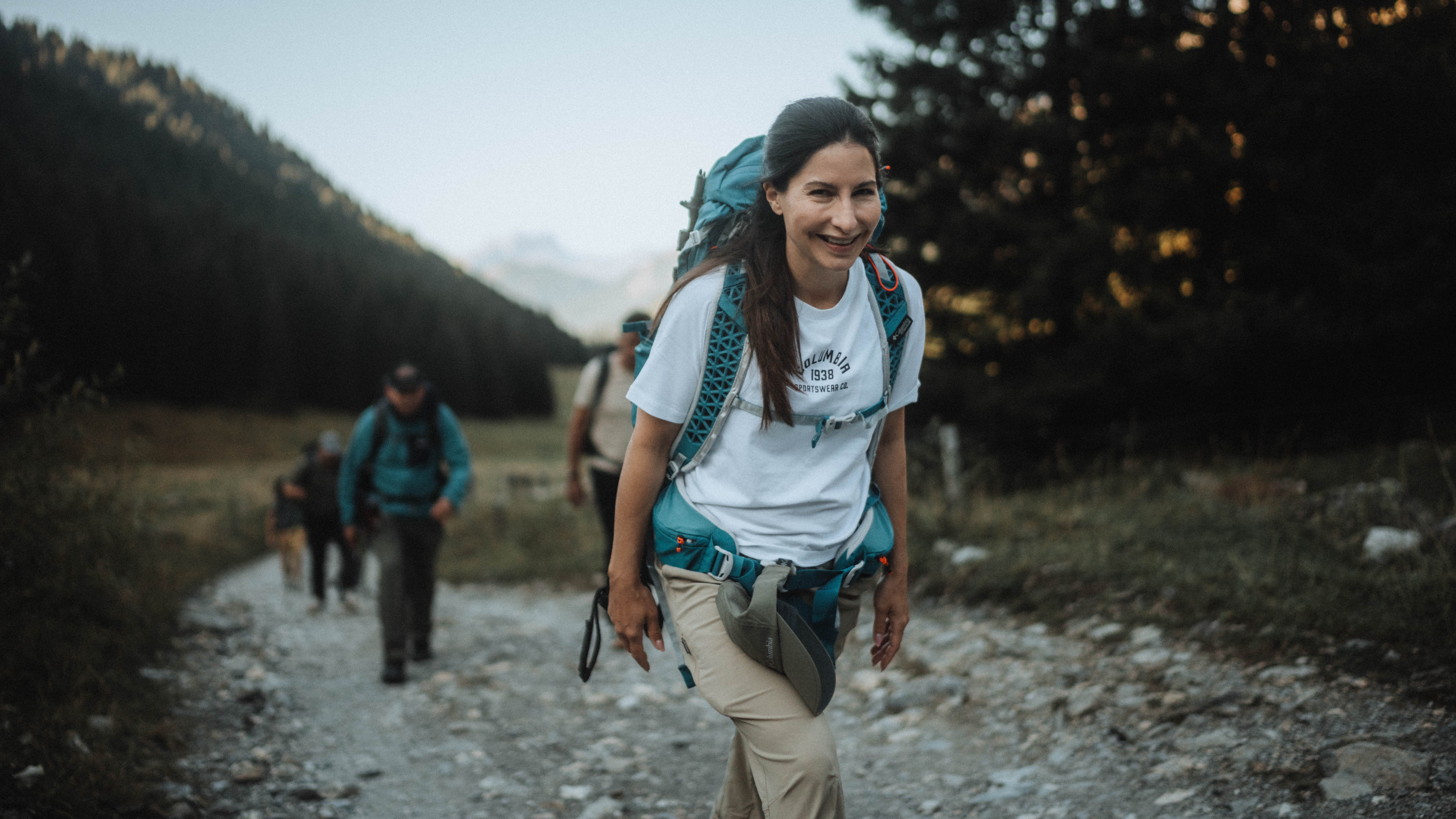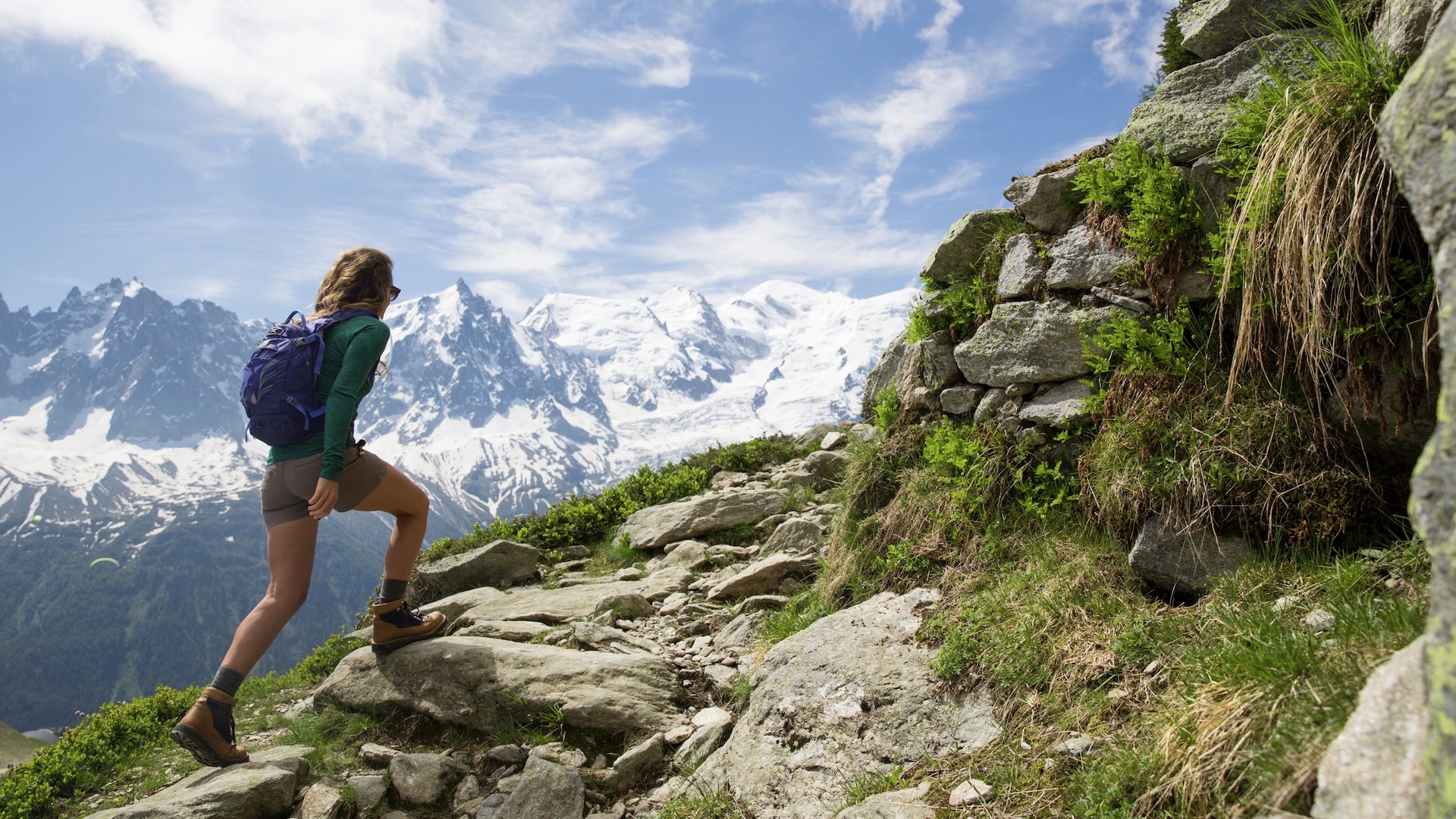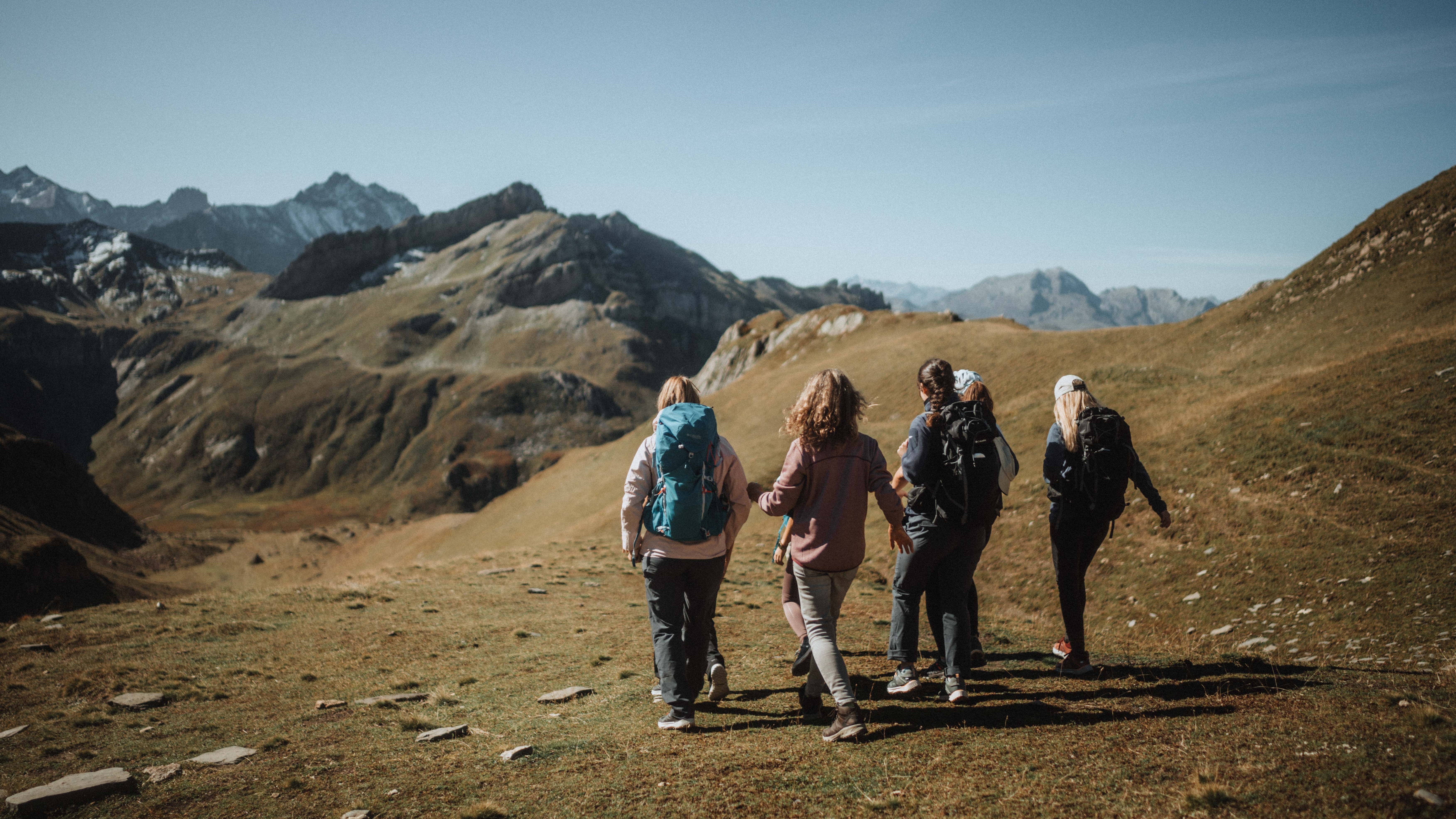9 times turning back before the summit is the best hiking decision you can make
It can feel disappointing, and even bruise your ego, but there are some really good reasons for knowing when to turn back

During my 11 years living in the Rocky Mountains, I only ever turned back on a hike once. I had set off to summit Greys and Torreys, two Colorado 14ers that are close to each other, so it’s common to bag them in one day. It was September, which typically means beautiful weather, but clouds move in fast at 14,000 feet and by the time we reached the top of Grey’s, we couldn’t see a thing. We hastened back down below treeline and left Torreys till the following summer.
Now that I’m back living in Scotland, however, I find have to turn back all the time. Hiking conditions and weather here are much more changing and unpredictable, and I frequently find myself within a few hundred feet of a Munro summit bracing myself against 50 mph gusts, being blasted by hail and scurrying back downhill again. It’s been a great lesson in the art of non-attachment for me.
Pushing on in these conditions – or when you’re tired or running out of daylight – can be an easy mistake to make. After all, you’ve been looking forward to the hike all week, you’ve already put in all the time and effort to get almost to the top and you just want to kudos of touching that trig point. But if you’re not careful, it can also be the last thing you ever do.
Knowing when to turn back on a hike isn’t bailing out – it can be the bravest and smartest decision you ever make. But how do you know when it’s time to turn back, and when you can keep going?

When is it time to turn back on a hike?
In all honesty, there aren’t many hard and fast rules about when you should turn back on a hike, but the following are nine common scenarios when it could be the best decision.
1. You’re tired
Yes, hiking is tiring, and it’s great to feel that drowsy stupor and dull ache in your legs after a long day climbing mountains. When you don’t want to feel it, however, is when you haven’t even reached the summit yet.
A mountain top might seem like the ultimate goal of your journey, but always remember that it’s just the halfway point. From there, you still need enough energy to get downhill, something that can be a real challenge for already-tired legs. If you’re already out of steam before you reach the top, getting down could be impossible, take hours, and you’ll be more at risk of falling or spraining an ankle. Stop, take a break to refuel and drink water, and consider whether you really have it in you to keep going, or if you need to use your remaining reserves for the getting down part.
All the latest inspiration, tips and guides to help you plan your next Advnture!

2. The weather changes
The weather can change quickly at high altitudes, and even if the mountain weather forecast calls for blue skies, if your eyes are telling you something different, you’ll want to head back. Cloudy skies at the trailhead could mean rain, hail or snow up high, while in Colorado’s Rockies, gathering clouds at the horizon are often a sign of impending afternoon thunderstorms.
The summit might be just 20 minutes away, but that’s plenty of time for the heavens to open or lightning to strike, leaving you without any protection. If you notice the skies darkening, or the winds picking up, get yourself back below treeline.
3. It’s taking longer than you thought
If you’re smart, you’ll have estimated how long a hike might take you and left the trailhead with plenty of time to spare. However, there are lots of reasons why a hike can take longer than you thought – you’re low on energy, you took a detour, the trail description was wrong, the group you’re with is moving slower than you.
Before setting off on any hike, it’s wise to set a time at which you’ll need to be at the summit in order to make it down safely. If that time arrives and you’re not within a few minutes of the top, it’s best to turn back, especially as the downhill can often be slower if it’s very steep. If you don’t heed this call, you could end up hiking down in the dark. Wear a watch when you go hiking – my Coros Pace 3 tells me what time sunset is – and keep an eye on the time.

4. You’re not prepared for the conditions
When setting off on any hike, hopefully you’ve got a few things: fitness, a map, water and some decent hiking boots. This should be enough to get you along many trails without any problem, however if you encounter conditions that you weren’t expecting and aren’t prepared for – snow and ice and flooded trails, for example – it’s a good idea to turn back.
Pushing on can turn deadly, with many hikers each year finding themselves cliffed out, stranded in snowy conditions without crampons or washed away by rivers. This one also counts for finding yourself having to scramble or do some rock climbing you weren’t expecting – and aren’t up for.
5. You’re unsure of the route
In an ideal world, every trail would be like those found in Yosemite Valley – well-signposted and well-maintained. In reality, where most hiking takes place, hiking routes can be confusing and difficult to navigate. Sometimes trails that are obvious for the first few miles suddenly dissolve into boulder fields, where you can’t make out the cairns against the endless sea of rocks. Occasionally you’ll find yourself coming to a junction where two trails meet, four directions are possible and only two are signposted. Often the problem comes down to user error and you were too busy enjoying the view and missed a turn.
Whatever the cause, if you realize you’re no longer sure where you are and where you’re headed, it’s not often the best course of action to just keep moving forward. Naturally, a map, a compass and navigation skills do help in this scenario, but without those tools, losing your bearings is a good reason to try to retrace your steps.

6. Wildlife on the trail
Wildlife viewing is a wonderful part of hiking, and in most cases, wild animals really aren’t a thing to be feared. However, there are times when wildlife can present cause for turning back, such as a bear, mountain lion, moose or herd of elk (or even cows for that matter) that’s blocking your path, protecting its young or acting aggressively.
In any such case, it’s a good idea to stop, make some distance between yourself and the animal and assess the situation. There will be times when the animal moves away from you and you can continue on your journey, but if it’s going to come down to a duel, you’ll probably lose. Head home with your tail between your legs instead (and read our guide to wildlife safety when you get there).
7. Your partner needs to turn back
A few years back, an old childhood friend of mine was coming to Colorado with her husband and we agreed to meet up and hike Mount Bierstadt, a Colorado 14er. The couple had previously climbed Mount St Helen’s, so they were no stranger to hiking, but altitude can do funny things to people. When we got to about a quarter mile from the summit, my friend realized she could go no further and sat down on a rock, urging the two of us to keep going as she didn’t want us to miss out.
Fortunately, I had heard of the case where a woman disappeared without a trace on Mount of the Holy Cross under identical circumstances and all three of us turned back and went to eat burgers in Idaho Springs instead. If you’re hiking with a partner or a group and someone can’t make it to the top, there’s a good chance that they’ll generously offer to wait while you summit, but don’t take them up on the offer. Hikers that start out together must stick together, and if one needs to turn back, you all turn back (at the very least, you could break into two groups as long as there was an experienced hiker in each group).

8. You run out of water
To be clear, you shouldn’t actually wait until you run out of water to turn around. If you realize you’re going through your water faster than you meant to and there’s nowhere to fill up, you should turn back. As a general rule, you really want half of the water you brought with you remaining when you reach the summit.
If you’re not even at the top and you realize you only have a small amount left, pushing on could result in dehydration, which can turn out to be extremely dangerous when you’re hiking in hot weather. This is another good reason to carry a topographical map of the area so you know whether you can find water sources, and have a means to purify water in the wild.
9. You have a weird feeling
This one is supremely non-scientific, but if you’re hiking and the hairs on the back of your neck stand up, it’s not the worst reason to turn around. There are countless tales from history where a hunch has saved someone’s life, and that creepy feeling could save you from trail hazards, other humans and wildlife.
If your gut tells you not to continue – assuming it doesn’t always tell you this when the going gets tough – turn back. Walk with awareness (meaning no headphones) and fire off a quick text with your whereabouts or make sure your bear spray is within easy reach. Chances are you won’t feel silly when you get to the trailhead unscathed, just relieved you’re alive and well.
Julia Clarke is a staff writer for Advnture.com and the author of the book Restorative Yoga for Beginners. She loves to explore mountains on foot, bike, skis and belay and then recover on the the yoga mat. Julia graduated with a degree in journalism in 2004 and spent eight years working as a radio presenter in Kansas City, Vermont, Boston and New York City before discovering the joys of the Rocky Mountains. She then detoured west to Colorado and enjoyed 11 years teaching yoga in Vail before returning to her hometown of Glasgow, Scotland in 2020 to focus on family and writing.

